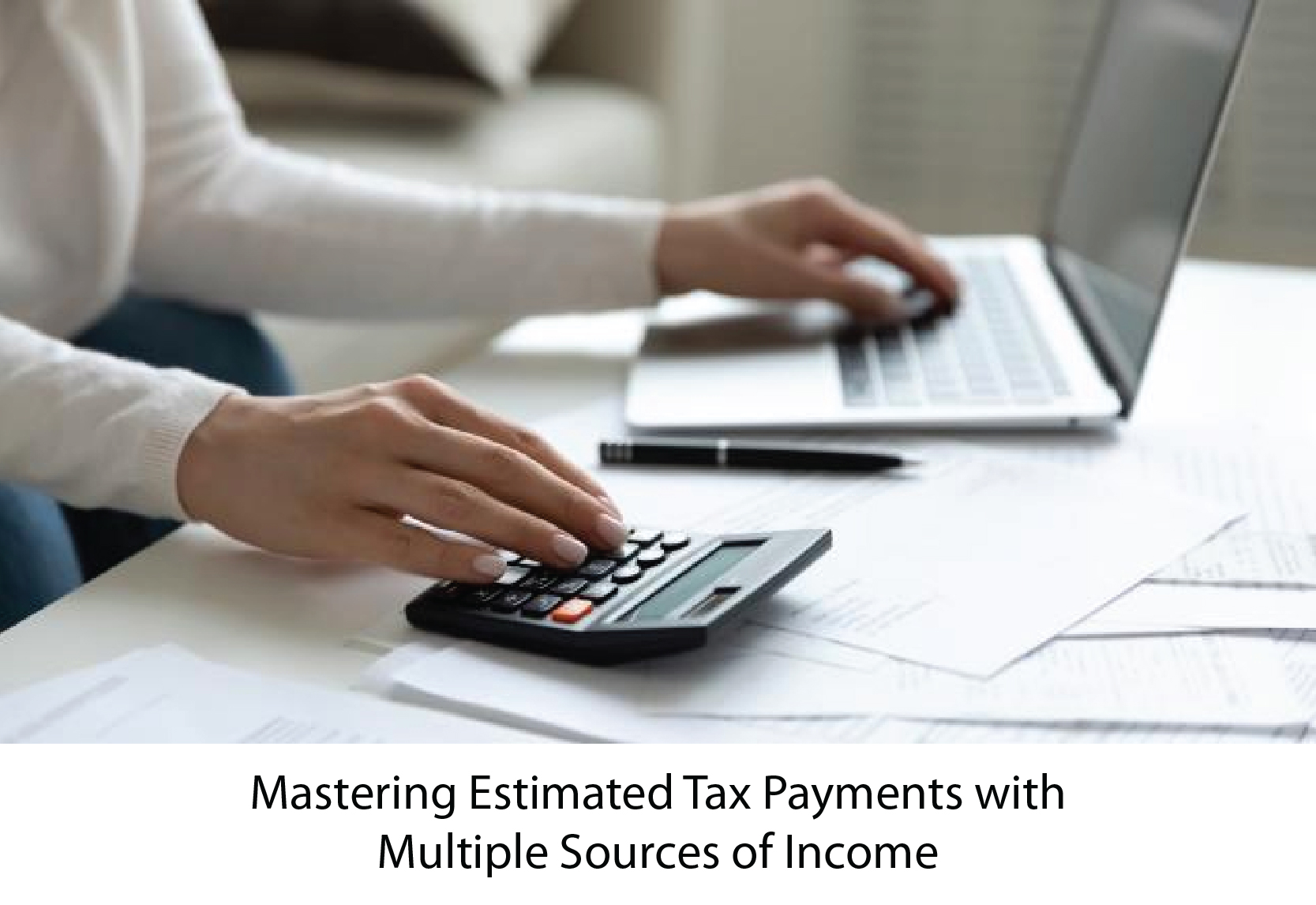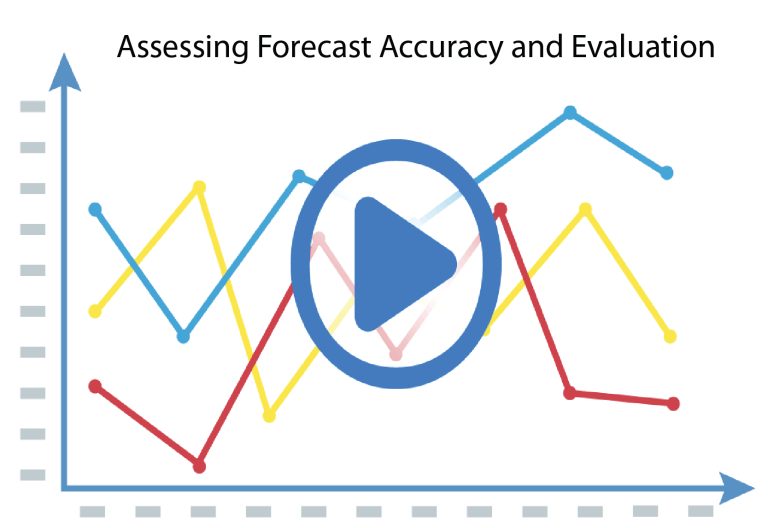Mastering Estimated Tax Payments with Multiple Sources of Income
Managing taxes can be complex, especially when you have multiple sources of income. Whether juggling a full-time job, freelance work, rental properties, or investments, understanding how to handle estimated tax payments is crucial to staying compliant with tax regulations and avoiding penalties. In this comprehensive guide, we will delve into the intricacies of estimated tax payments when you have multiple sources of income. We’ll cover the importance of estimated tax payments, calculating your tax liability, managing income streams, maximizing deductions and credits, tax planning strategies, and compliance with tax laws. By following these guidelines, you can navigate the complexities of estimated tax payments and optimize your tax situation.
The Importance of Estimated Tax Payments
Estimated tax payments are an essential part of the U.S. tax system. They ensure that taxpayers with income not subject to withholding, such as self-employment, rental, or investment income, pay their taxes throughout the year. By making regular estimated tax payments, you can avoid underpayment penalties and ensure you have sufficient funds to meet your tax obligations when filing your annual tax return.
Understanding Your Tax Liability
Calculating your tax liability accurately is the first step in managing estimated tax payments. Review your various income streams and determine the tax implications associated with each. Consider factors such as tax brackets, self-employment taxes, capital gains taxes, and deductions or credits that may apply. Consult with a tax professional or use tax software to accurately estimate your tax liability for each income source.
Managing Multiple Sources of Income
Managing multiple sources of income requires careful organization and documentation. Keep track of income and expenses for each income source separately to ensure accurate reporting and tax calculations. Maintain thorough records, including invoices, receipts, and financial statements, to substantiate your income and deductions. Consider using accounting software or online tools to streamline income and expense tracking for each income stream.
Maximizing Deductions and Credits
When you have multiple sources of income, you can leverage deductions and credits to reduce your tax liability. Familiarize yourself with tax deductions and credits available for each income stream. This may include deductions for business expenses, rental property expenses, retirement contributions, education expenses, or other eligible expenses. Identify and claim all relevant deductions and credits to optimize your tax situation.
Tax Planning Strategies
Implementing effective tax planning strategies is crucial for managing multiple income streams. Consider strategies such as income deferral, income shifting, retirement account contributions, and strategic timing of expenses. Additionally, explore tax-advantaged investment options, such as individual retirement accounts (IRAs) or 401(k) plans, to maximize tax savings. Regularly review your tax situation and consult a tax advisor to identify and implement tax planning strategies aligning with your financial goals.
Calculating Estimated Tax Payments
To accurately calculate your estimated tax payments, you need to estimate your income and tax liability for the current year. Use the IRS Form 1040-ES or consult a tax professional to determine the appropriate calculation method. Consider any anticipated changes in income, deductions, or credits throughout the year. Divide your estimated tax liability by the number of payment periods (typically four) to determine the amount of each estimated tax payment.
Making Estimated Tax Payments
Once you have calculated your estimated tax payments, making timely and accurate payments to the IRS is essential. Understand the payment due dates and payment methods accepted by the IRS. You can make estimated tax payments electronically through the Electronic Federal Tax Payment System (EFTPS), online payment options, or by mail using payment vouchers provided by the IRS. Keep detailed records of your estimated tax payments for future reference.
Managing Cash Flow and Budgeting
Managing cash flow is crucial when making estimated tax payments with multiple income sources. Consider the timing and variability of income from each source and your regular expenses and financial obligations. Create a budget that accounts for estimated tax payments and ensures you have sufficient funds to meet your tax obligations without impacting your day-to-day financial stability.
Staying Compliant with Tax Laws
Maintaining compliance with tax laws is essential when managing multiple sources of income. Stay updated on changes in tax regulations and reporting requirements that may impact your income streams. Keep accurate records, file tax returns on time, and promptly address any correspondence from the IRS. Consider seeking guidance from a tax professional to ensure you fully comply with tax laws and regulations.
Seeking Professional Guidance
Managing estimated tax payments with multiple sources of income can be complex. Consider working with a qualified tax professional who handles complex tax situations. They can provide personalized advice, help you navigate tax laws, optimize your tax planning strategies, and ensure compliance with tax regulations.
Conclusion
Handling estimated tax payments when you have multiple sources of income requires careful planning, organization, and adherence to tax laws. By understanding your tax liability, managing income streams effectively, maximizing deductions and credits, implementing tax planning strategies, and making timely and accurate estimated tax payments, you can navigate the complexities of the tax system and optimize your tax situation. Stay informed, seek professional guidance when needed, and adapt your approach as your income streams evolve. By following these best practices, you can maintain compliance, minimize tax liability, and achieve financial peace of mind.







